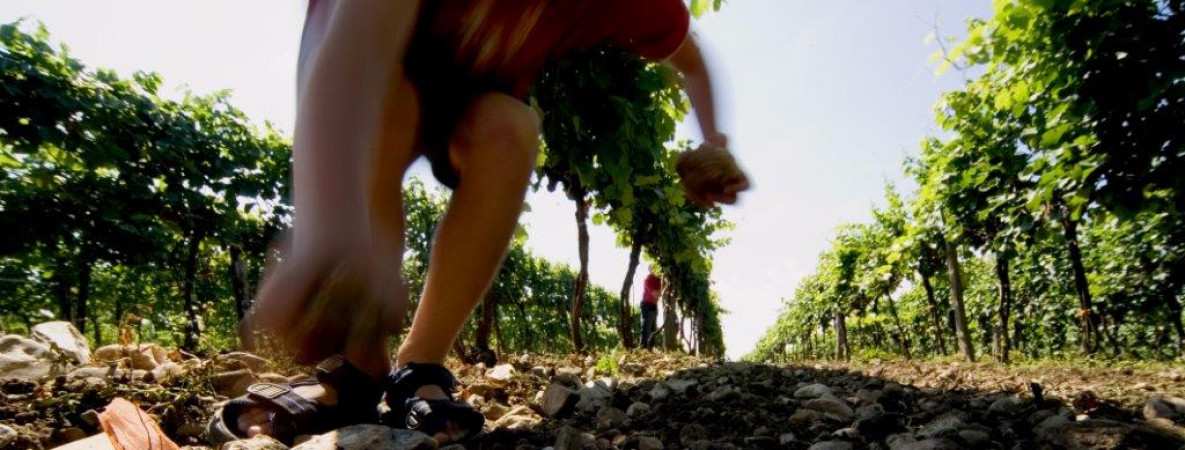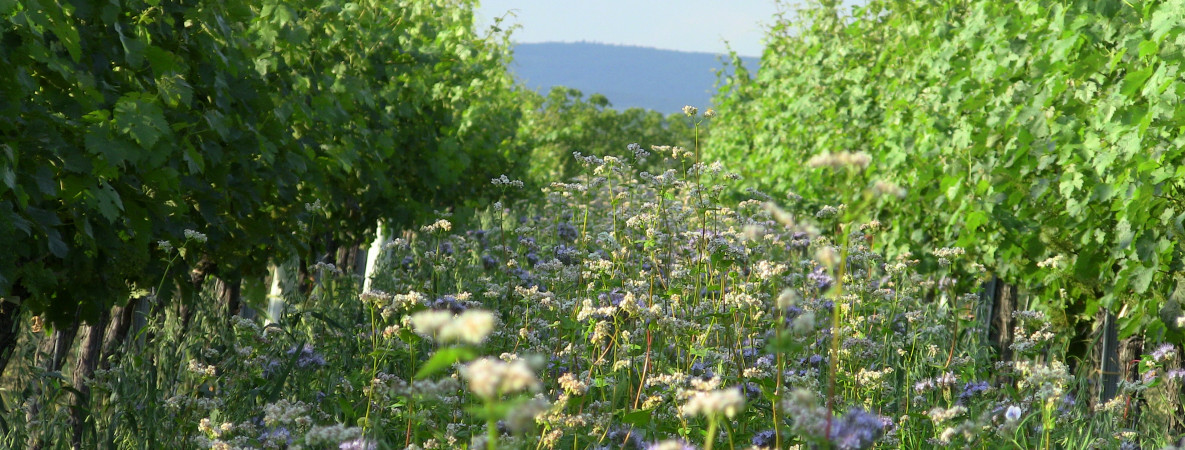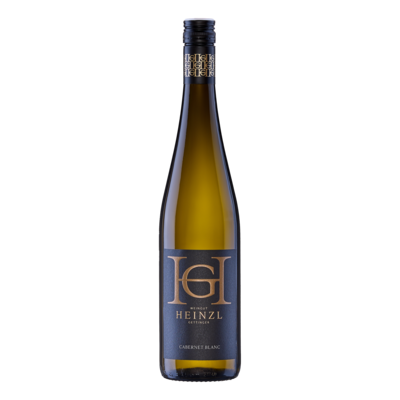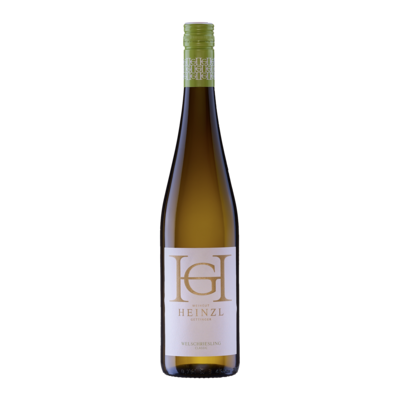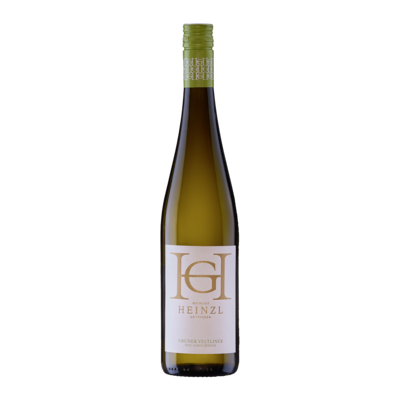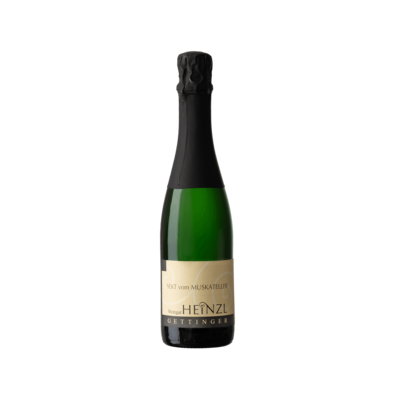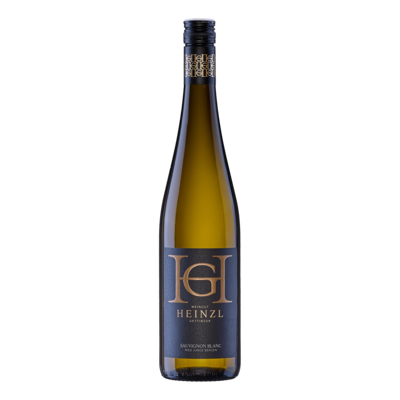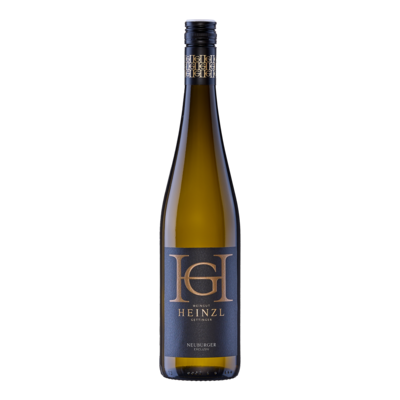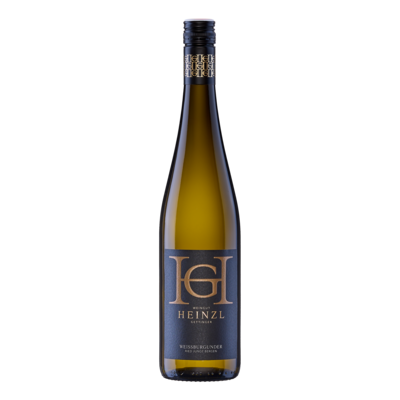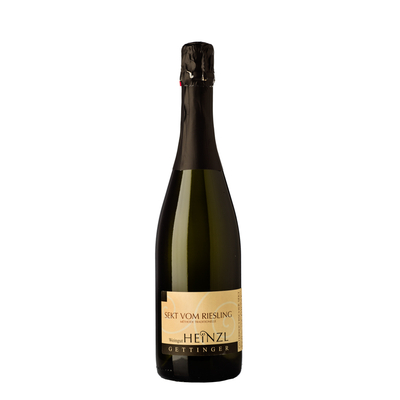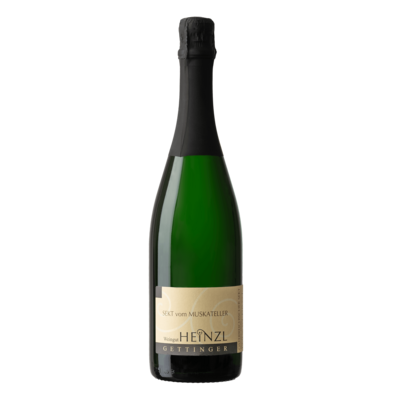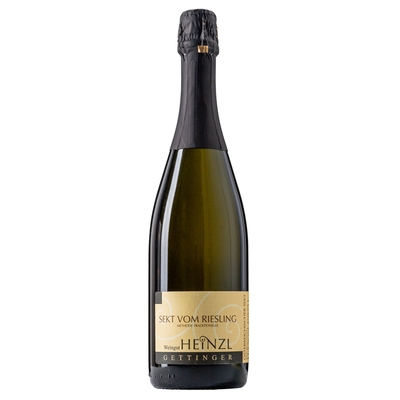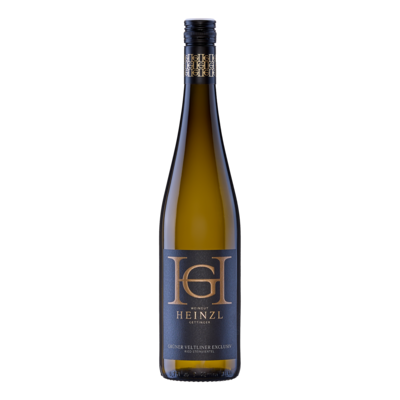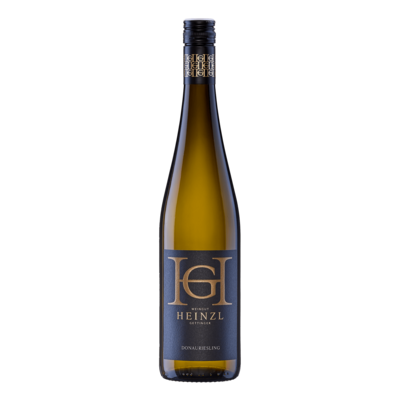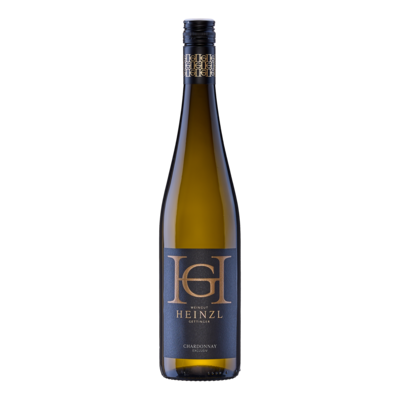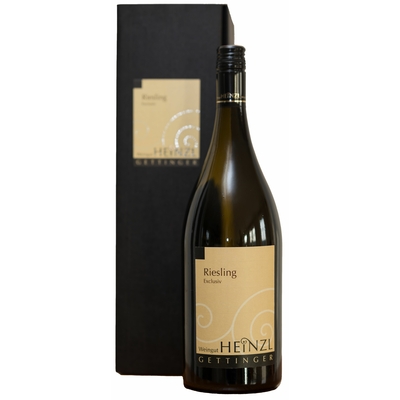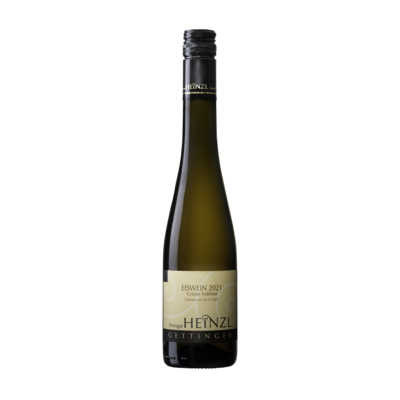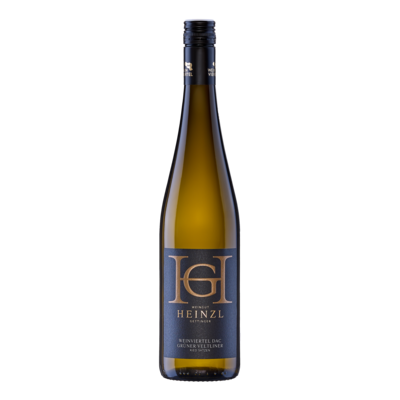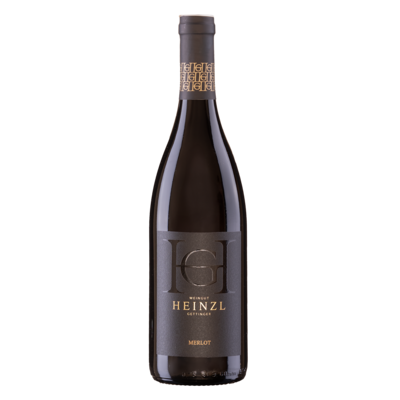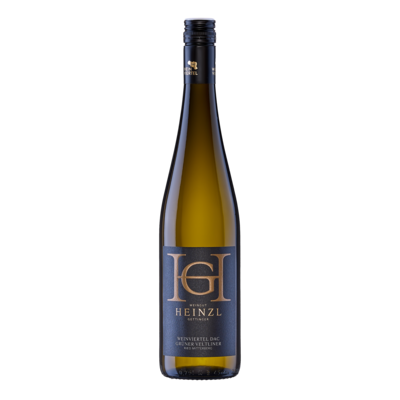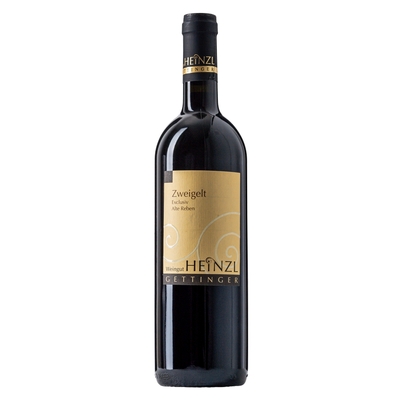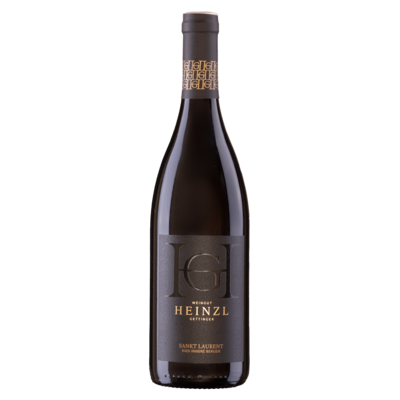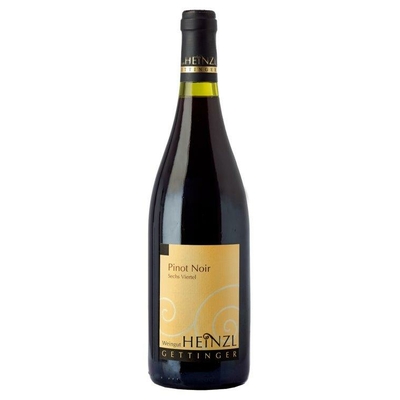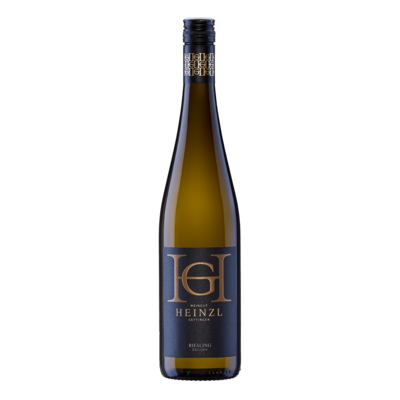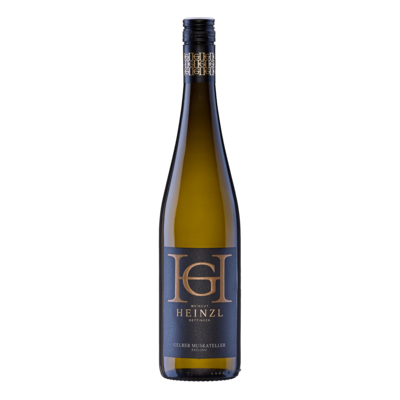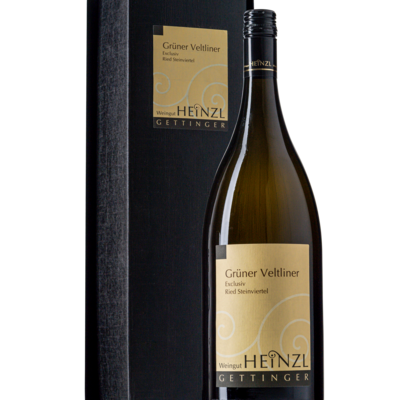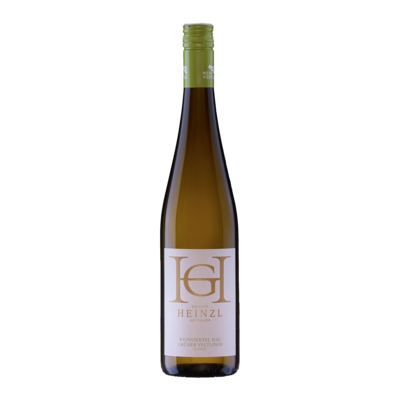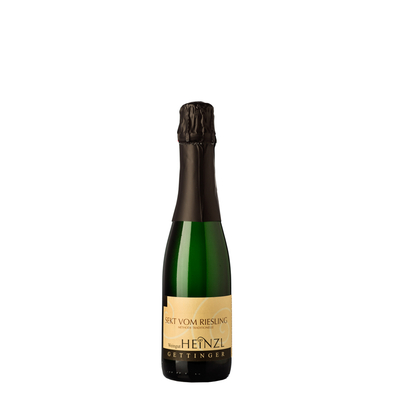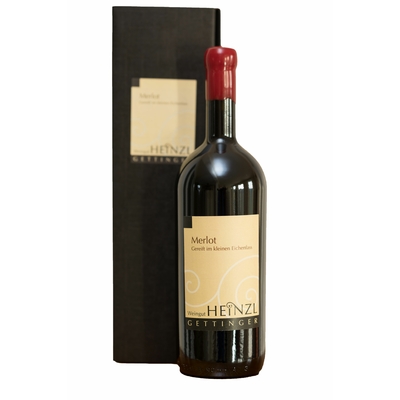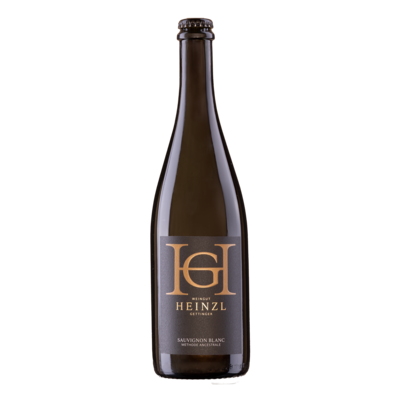is highly diverse in geology, as different soil formations meet in our vineyards:
1. Granite plates of the Bohemian Massive or primary rock in Western Weinviertel (around 2,500 million years ago)
Granite is often characterized by an abundance of potash and yields fruity spicy wines.
2. Limestone and sand
have their origins in the emergence of the Molasse Sea as fossil-rich, limestone sediments in the border area of the Bohemian Massive. (during the Eocene Period, around 55 million years ago) They compose fertile heavy soils with high pH values, which result from the high proportion of calcium and magnesium. These soils bear wines with good acidity.
3. Lime-free clay and fine sand
were formed from the remains of coralline algae fossil in paper-thin layers, rich in quartz with countless pores.
4. Gravel, sand and clay of the ancient Danube
cover the Bohemian Massive. Until present day rich in fossils of the primordial ocean Paratethys (around 7 million years ago) The soils demonstrate a strong capability to store water and often a high proportion of potash. They yield full-bodied powerful wines.
5. Loess, a strong porous wind-borne sand of the last Ice Age, partially covers the soft hilly countryside and causes early soil heating. (115,000 – 10 million years)
This nutrient-rich soil type yields full-bodied wines with rather low acidity suitable for storage.

